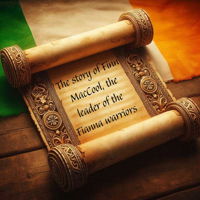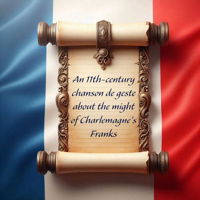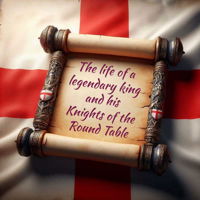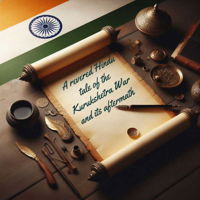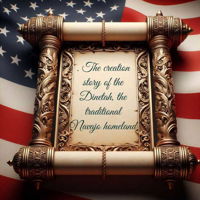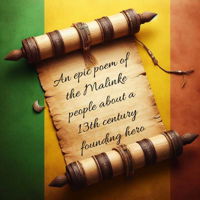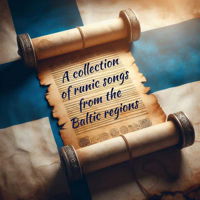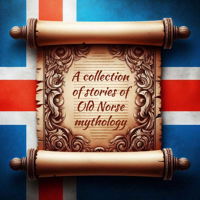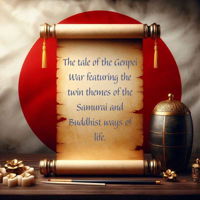
Tale As Old As Time Trivia Quiz
A nation often defines itself through the stories it tells. From the oral tradition of songs, poems and epic tales to the written word, traditions and culture have passed down through the generations. Simply match the story to its flag and synopsis.
by Snowman.
Estimated time: 3 mins.
